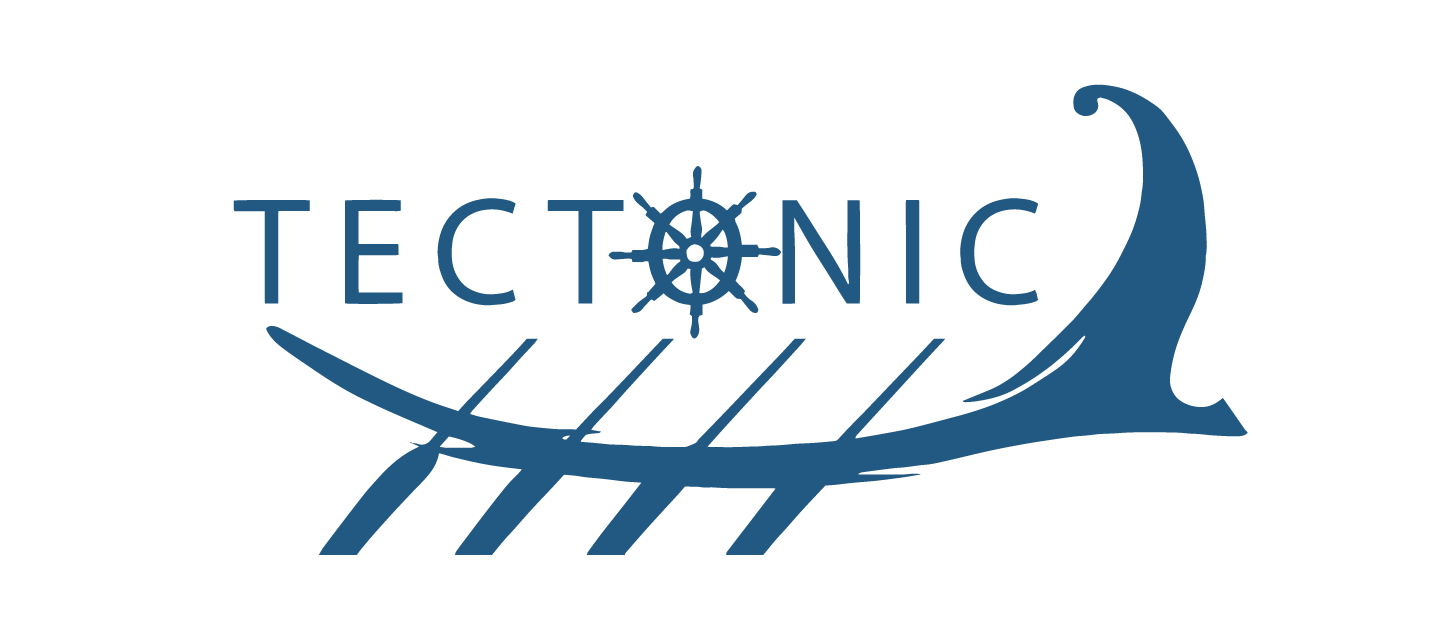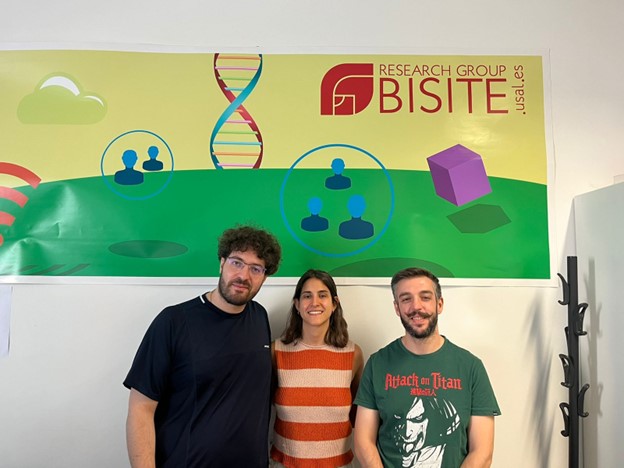During July and August, the BISITE research group from the University of Salamanca (USAL) in Spain hosted a colleague from CONICET (Argentina) in the ongoing collaboration between the partners of the TECTONIC project. The activities during this exchange centred on developing a decision support tool for the risk assessment of Underwater Cultural Heritage (UCH) regarding environmental changes –particularly concerning the increasing threats posed by climate change and human activities.
This also featured consultations with experts from the National Research Council Institute of Atmospheric Sciences and Climate (CNR-ISAC) in Italy, further promoting synergy between institutions. The involvement of colleagues from 3D Research (Italy), completing their secondments in BISITE-USAL since May, contributed to in-depth discussions on the broader objectives of the TECTONIC project.
3DR is developing a virtual reality (VR) application aimed at showcasing and promoting underwater archaeological sites. The goal is to allow users to virtually explore these locations, with multimedia content that explains the historical, natural, and archaeological aspects of several sites. During their secondments within the BISITE Group at the University of Salamanca, they are integrating new artificial intelligence models to make the content more accessible and meaningful to a broader audience. They are using cross-platform technology to ensure the application can run on various devices, including immersive, semi-immersive systems, mobile, and fixed installations. One key focus is the integration of the Bengala shipwreck. This late 19th-century iron screw steamer sank in 1889 off the coast of Isola di Capo Rizzuto (Crotone, Italy).
Additionally, several workshops were organized by USAL, focusing on Artificial Intelligence (AI) and software development across various applications. The exchange of ideas in these sessions highlighted the interdisciplinary nature of the project.





Leave a Reply